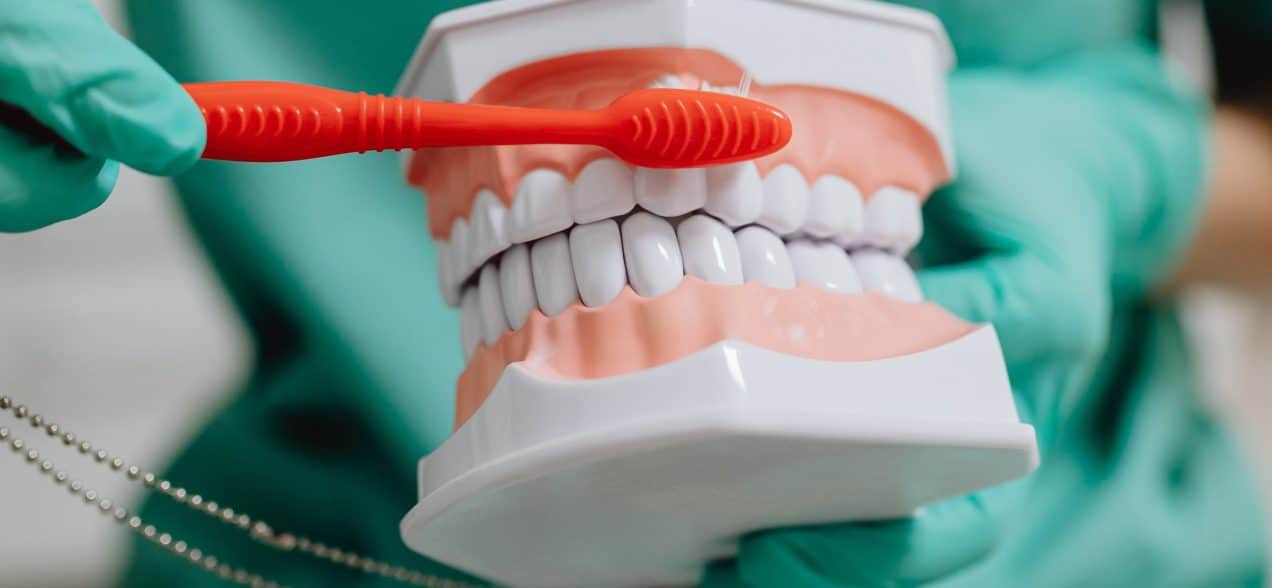
Although many of us consider teeth whitening as a tool for better appearance, getting your teeth whitened actually does wonders to your self-confidence and enhances your personality. If you are looking for whiter teeth, there are usually two options: professional in-office treatment and at-home whitening treatment. Most people do both. No matter which method is used, it is best to consult a professional dentist first.
Professional in-office treatment is done in the dental office, and a color change is noticed immediately. Your dentist may start by cleaning the stains and tartar from your teeth prior to the treatment. The pre-treatment shade of the teeth is then documented. This shade will later be compared to the shade of your teeth after the whitening process, to determine the effectiveness of the treatment.
During the treatment your gums will be protected with a rubber shield. A concentrated whitening gel is applied to the teeth and is left for about 15-20 minute intervals adding to about an hour. As the peroxide is broken down, oxygen enters the enamel and effectively bleaches any of the colored substances and surfaces. A light is focused onto the teeth to expedite the whitening process. The rubber shield is then removed.
Professional in office teeth whitening treatments are usually completed within 60 to 120 minutes, depending on the characteristics of the whitening solution used. One session may consist of a single or multiple applications of the whitener.
In contrast, the time required for at-home teeth whitening treatment vary on the concentration of the whitener used and the type of staining on the tooth. Here, the dentist takes an impression of your mouth, and the dental laboratory creates a plaster model of the same. Whitening trays are then individually fabricated and custom fitted on the model that is usually trimmed so they fully cover each tooth but come just below your gum.
The whitening solution is placed on the tray when you are ready to start the whitening procedure. It is usually recommended that the trays are left on for an hour in the day or over night depending on the type of bleaching gel used.
The best way is to do both. That way you get the quick lightening of your teeth in the dental office and then you can maintain your new lighter teeth and even make them lighter with take home trays.
For more information, please contact us at Big Smile Dental. We would be pleased to schedule a consultation.

